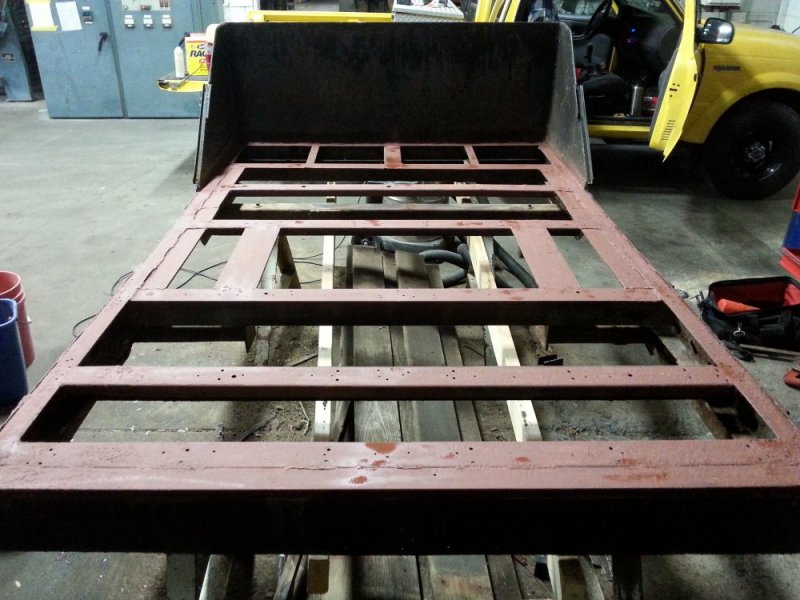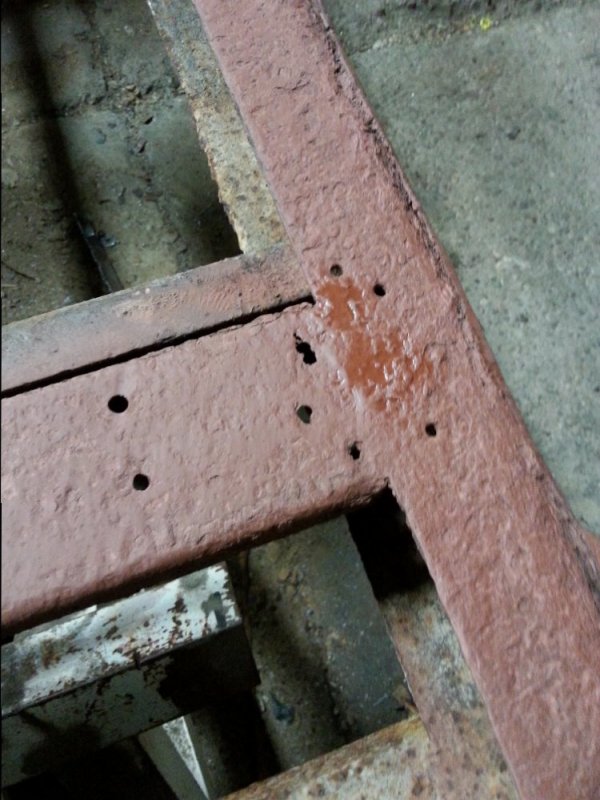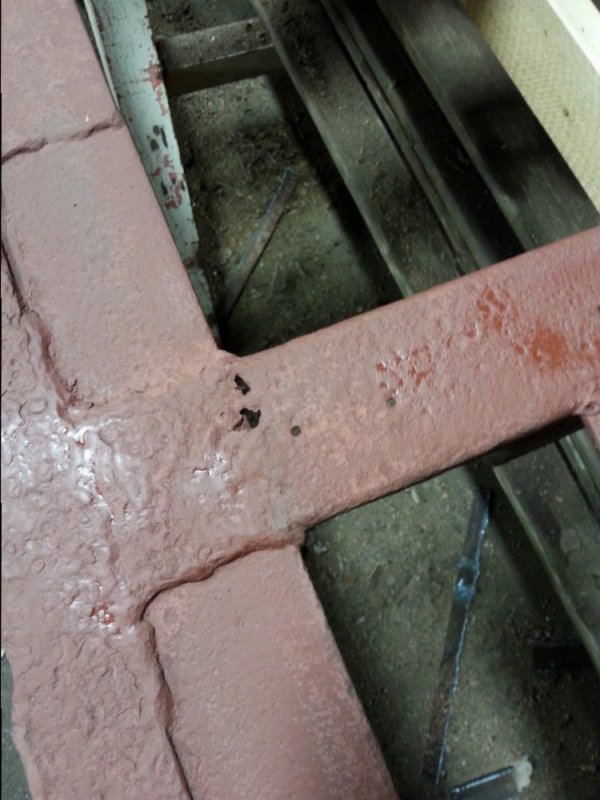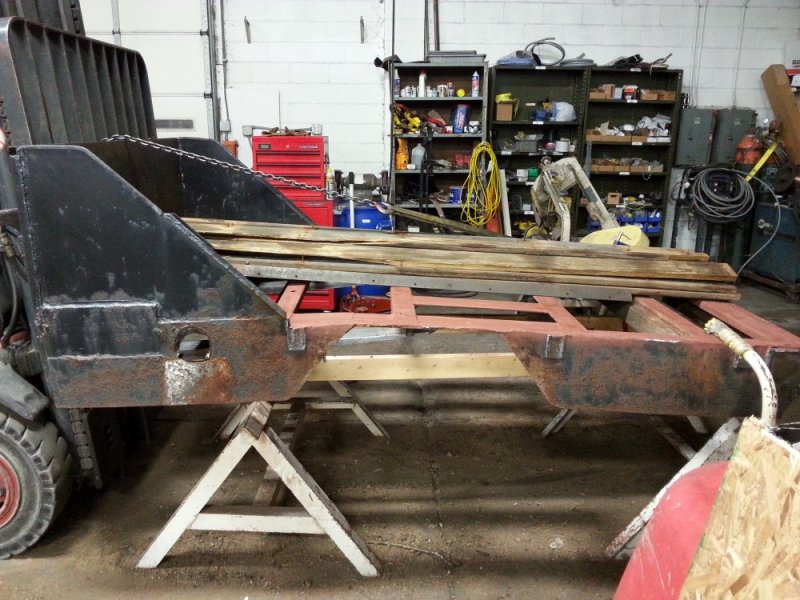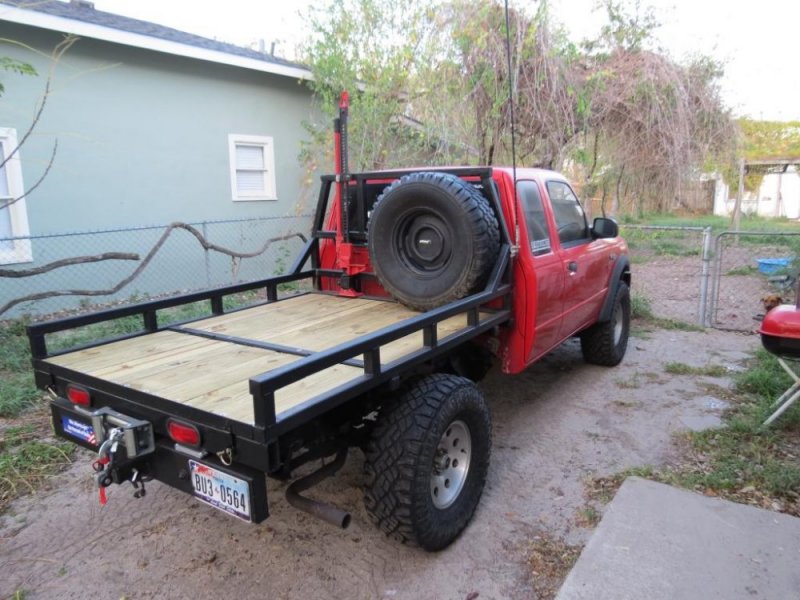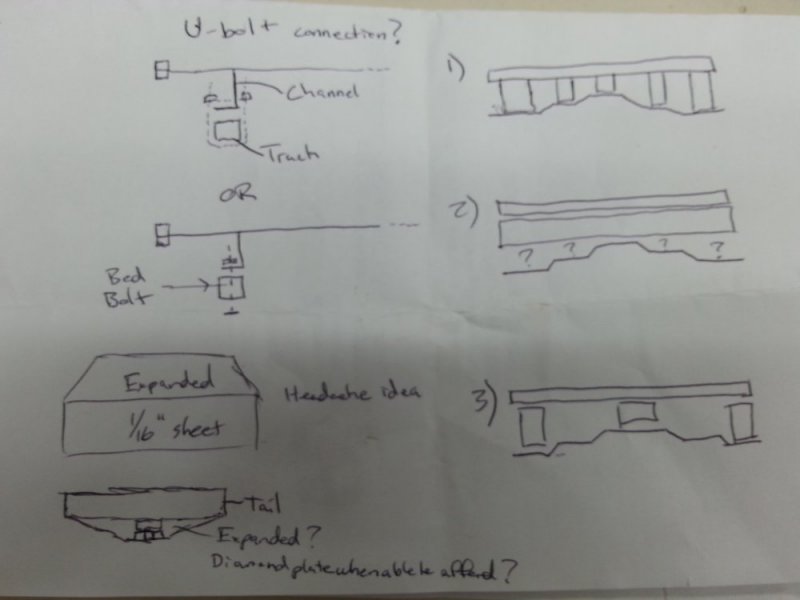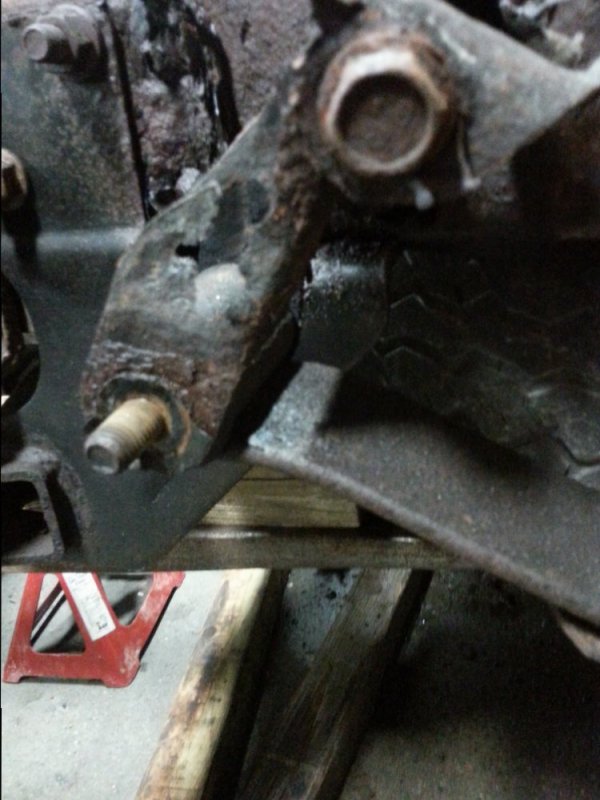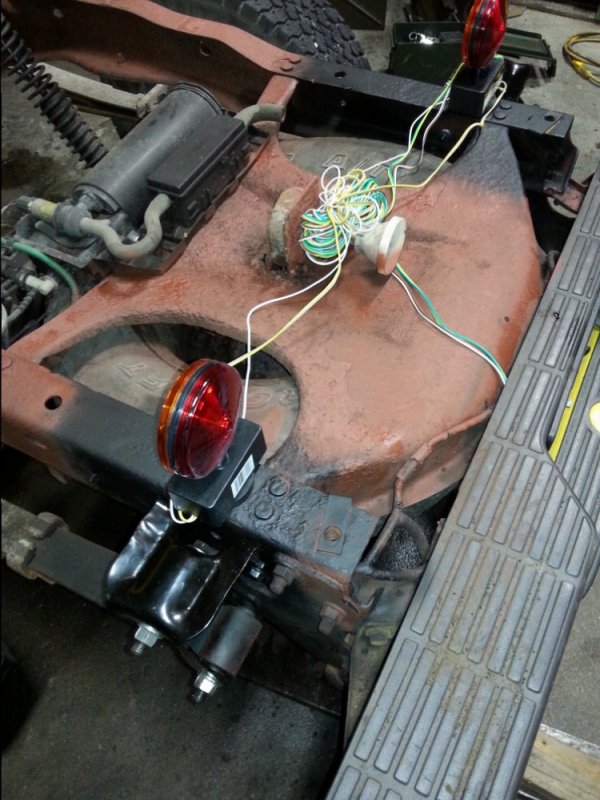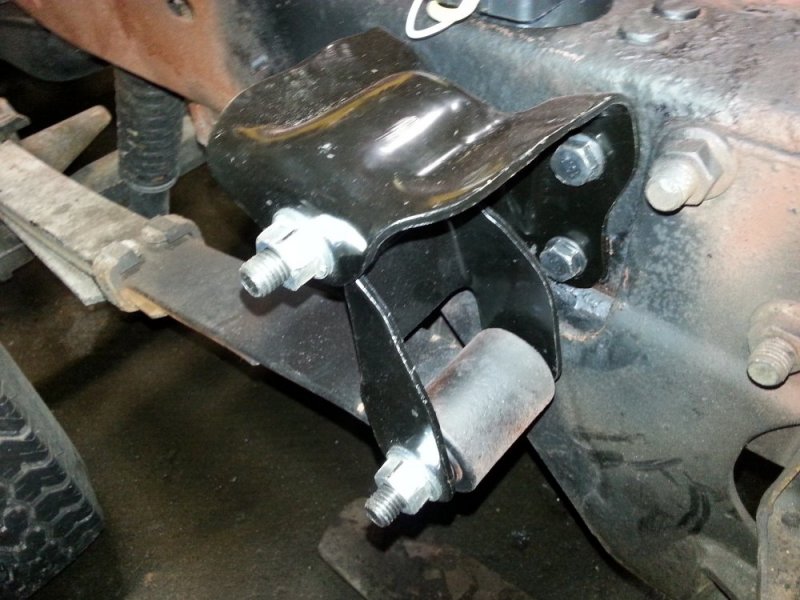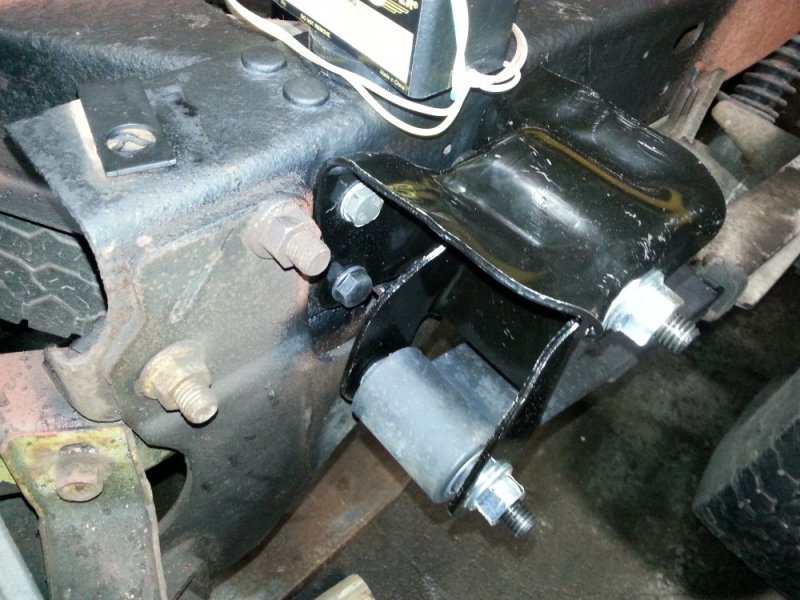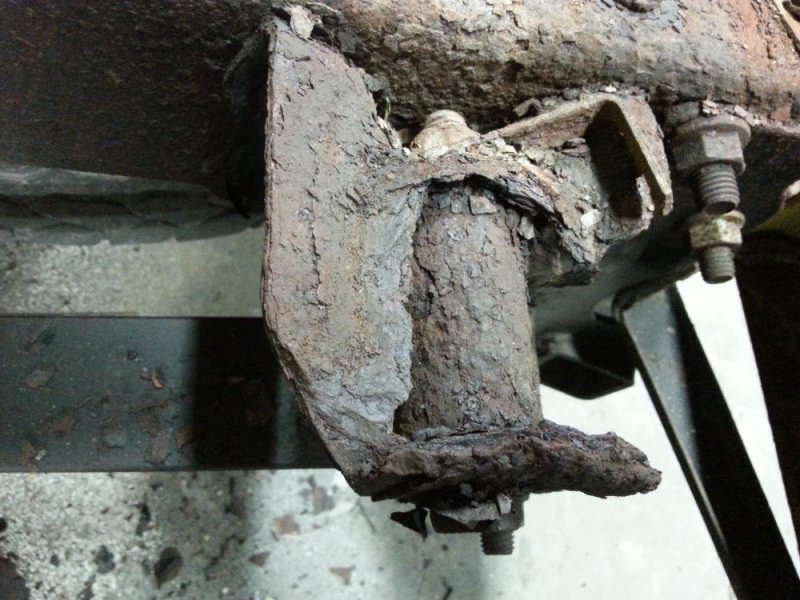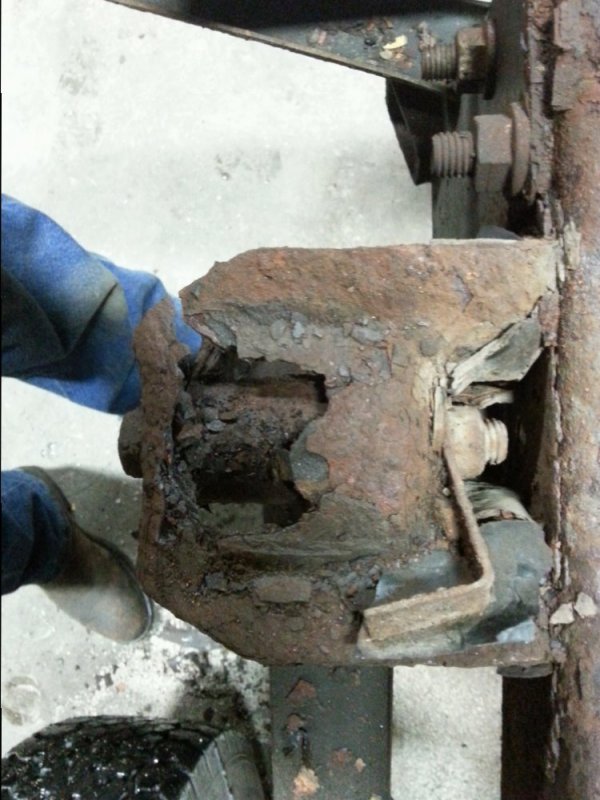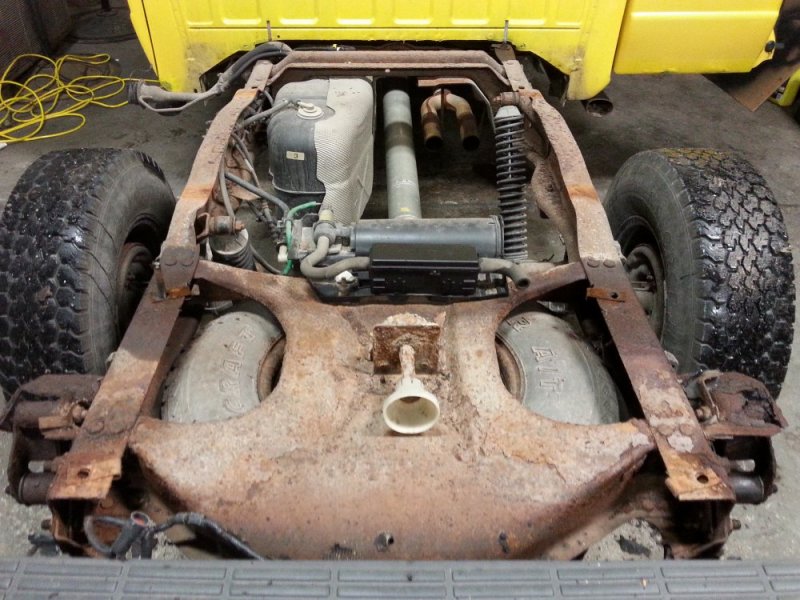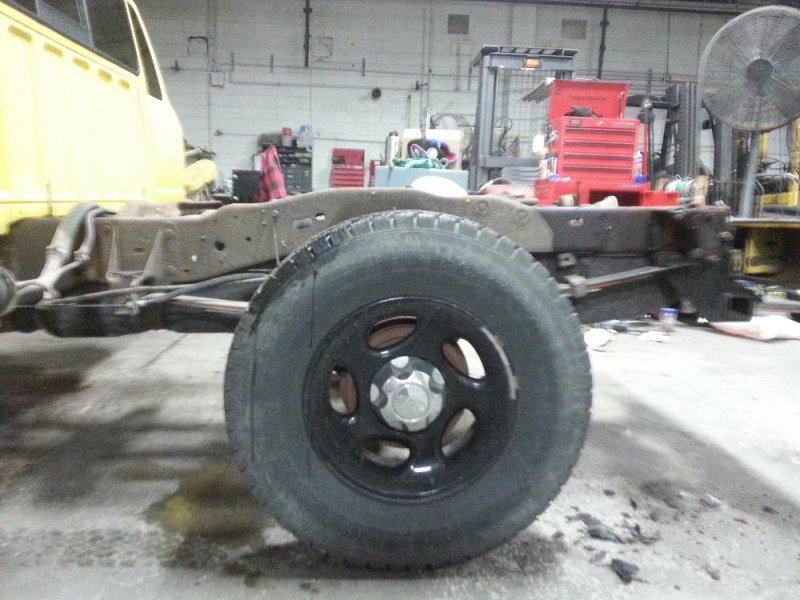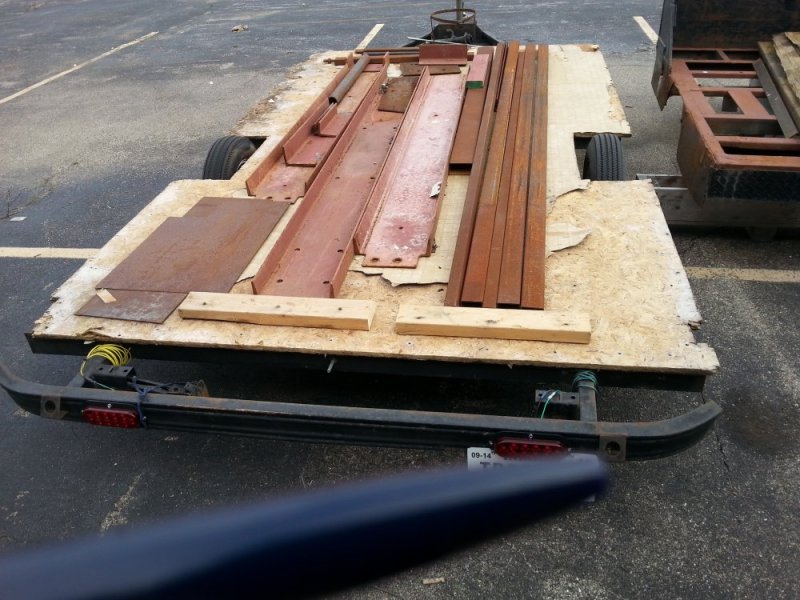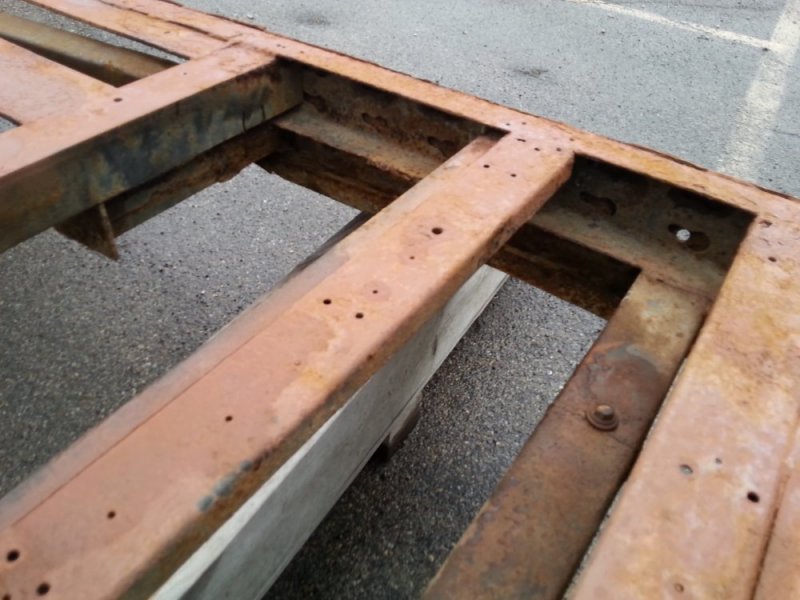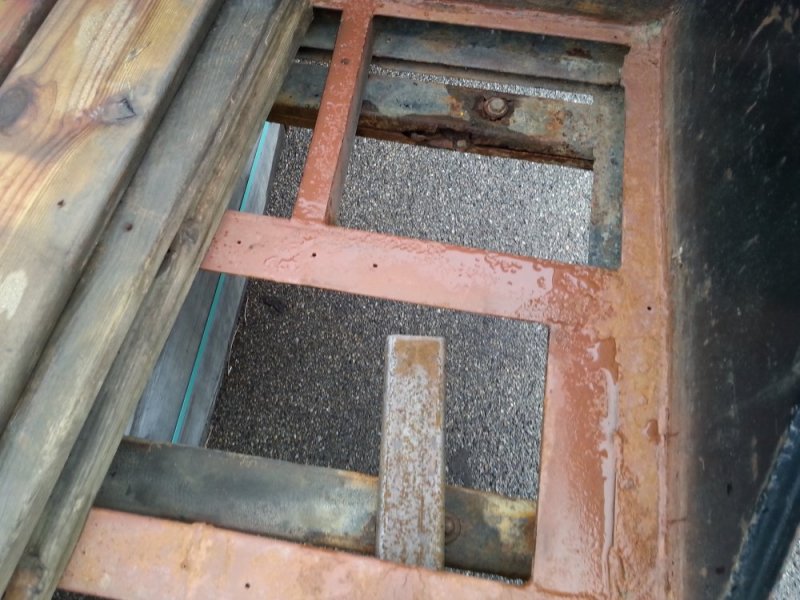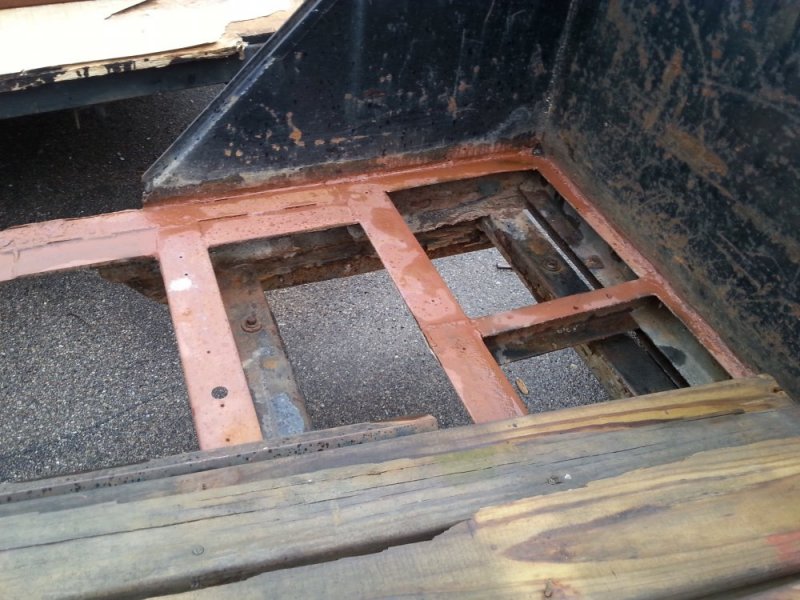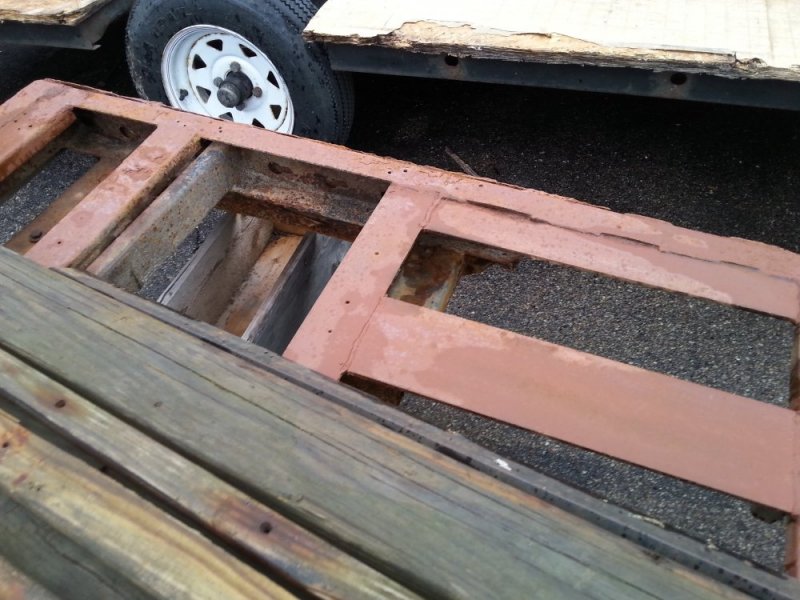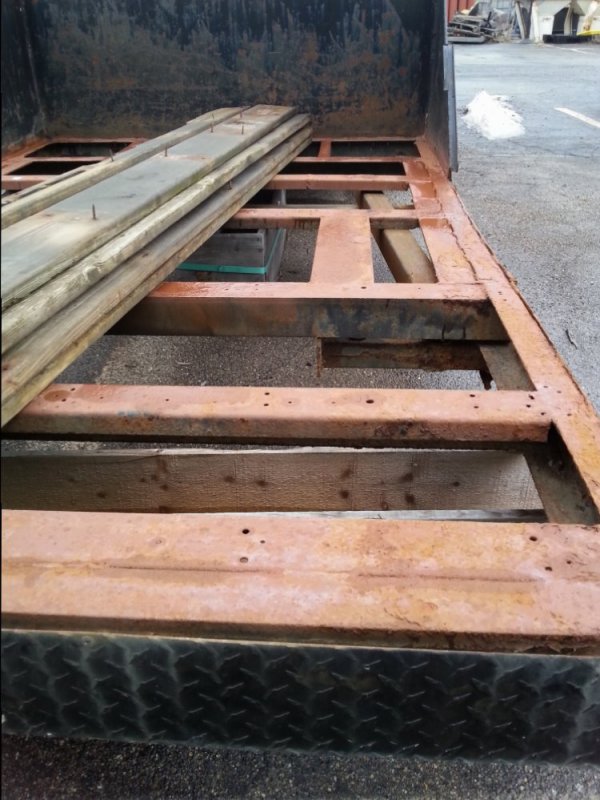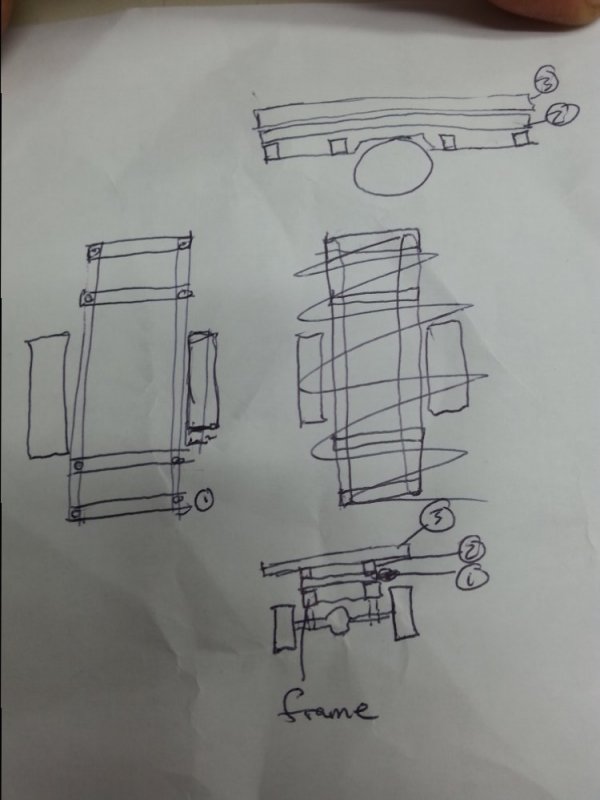treegump
Romans 3:22-24
So, I traded the headache rack I built for the Duramax, as well as a few other things for a late 80's s-10 flatbed.
It's about 90" long and 59" wide. My truck, at it's widest, is 69" wide and 80" long.
I have been bouncing back and forth on whether I wanted to do this, but the bed supports are looking pretty bad, so I thought it won't be a bad thing.
Also, since I traded upside down for the truck, I'm going to have the truck indefinitely, so I might as well do what I want with it, haha.
First things first - removed the old decking. Most of the screws broke when I tried unscrewing them, so I just used a big bar and broke them off.
Grind down screw stubs and major rust spots, next- wire wheel rest of the rust as best as I could.
I took work's plasma cutter and cut off the edging so that I could add material to the outside edges to widen the bed. I was considering on removing the skirting anyhow since the wheel wells are off, and I plan on building underbed tool boxes.
The only thing I haven't figured out is how to lift the bed 6+ inches to account for flex... I have some 10" C-channel, but I'm afraid that will weigh down the Ford greatly! I kind of like the idea of using the space between the frame rails and under the bed - especially if I have 6+ inches... Not a fan of using wood, but I know plenty of people use it to keep the weight down... I guess wood would also be a good cushion for things in the bed...
Anyhow - project is postponed till I figure out my coolant leak (might just be radiator) and also my rear spring perches and shackles are rusting/tearing..
https://goo.gl/photos/zvHqkNnL9ZP4xrXp6
Made a mistake though when I cut the top railing - removed the vertical support for the bed. So, the last picture shows me lifting it to move it outside (didn't want a personal project inside the shop during business hours) - and the bed was bending in the middle...
It's about 90" long and 59" wide. My truck, at it's widest, is 69" wide and 80" long.
I have been bouncing back and forth on whether I wanted to do this, but the bed supports are looking pretty bad, so I thought it won't be a bad thing.
Also, since I traded upside down for the truck, I'm going to have the truck indefinitely, so I might as well do what I want with it, haha.
First things first - removed the old decking. Most of the screws broke when I tried unscrewing them, so I just used a big bar and broke them off.
Grind down screw stubs and major rust spots, next- wire wheel rest of the rust as best as I could.
I took work's plasma cutter and cut off the edging so that I could add material to the outside edges to widen the bed. I was considering on removing the skirting anyhow since the wheel wells are off, and I plan on building underbed tool boxes.
The only thing I haven't figured out is how to lift the bed 6+ inches to account for flex... I have some 10" C-channel, but I'm afraid that will weigh down the Ford greatly! I kind of like the idea of using the space between the frame rails and under the bed - especially if I have 6+ inches... Not a fan of using wood, but I know plenty of people use it to keep the weight down... I guess wood would also be a good cushion for things in the bed...
Anyhow - project is postponed till I figure out my coolant leak (might just be radiator) and also my rear spring perches and shackles are rusting/tearing..
https://goo.gl/photos/zvHqkNnL9ZP4xrXp6
Made a mistake though when I cut the top railing - removed the vertical support for the bed. So, the last picture shows me lifting it to move it outside (didn't want a personal project inside the shop during business hours) - and the bed was bending in the middle...
Attachments
-
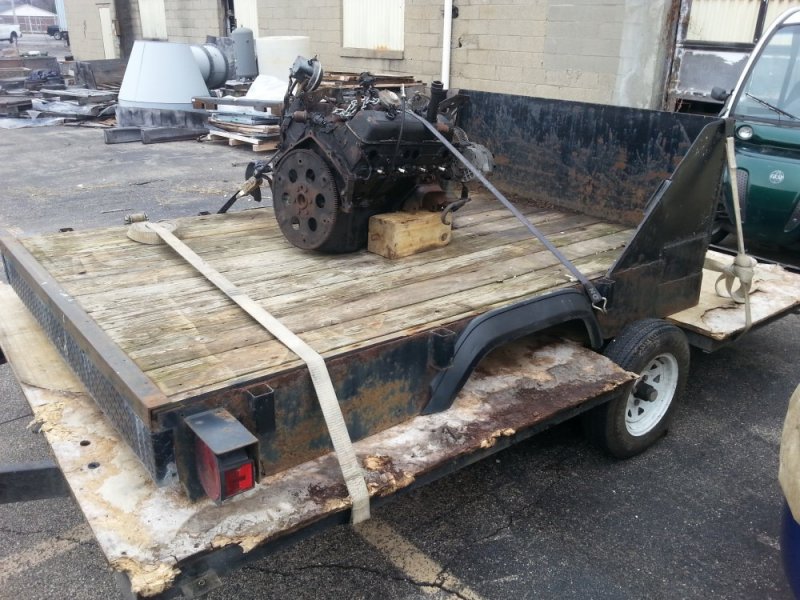 20151204_120836.jpg185.1 KB · Views: 11
20151204_120836.jpg185.1 KB · Views: 11 -
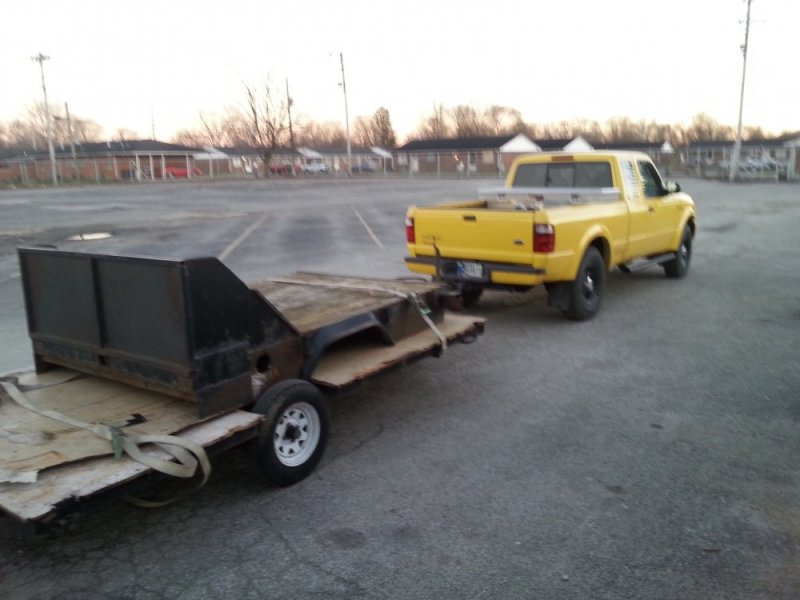 20151219_172148.jpg88.9 KB · Views: 10
20151219_172148.jpg88.9 KB · Views: 10 -
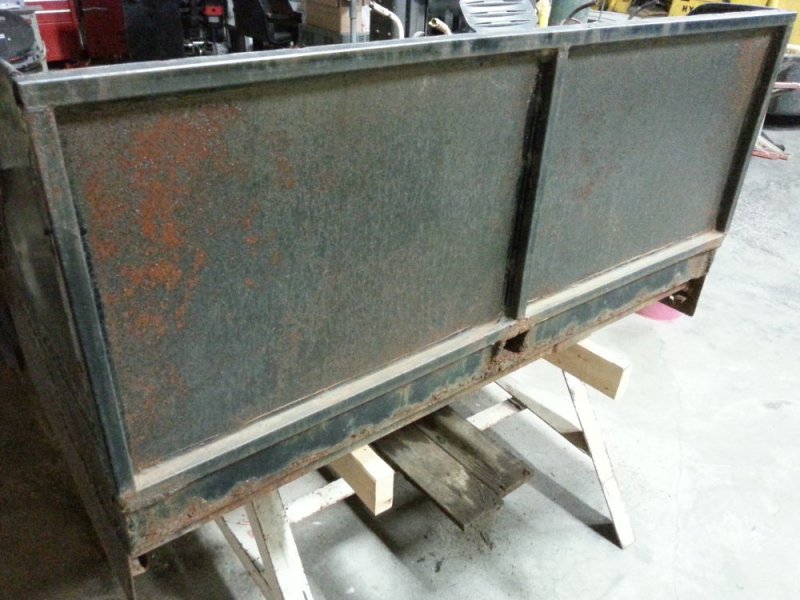 20151220_180846.jpg129.8 KB · Views: 9
20151220_180846.jpg129.8 KB · Views: 9 -
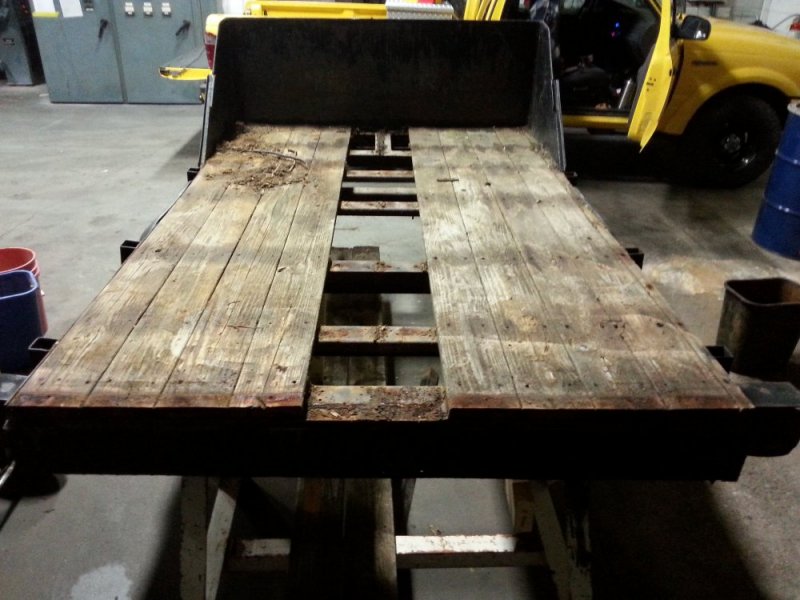 20151220_180903.jpg119.4 KB · Views: 9
20151220_180903.jpg119.4 KB · Views: 9 -
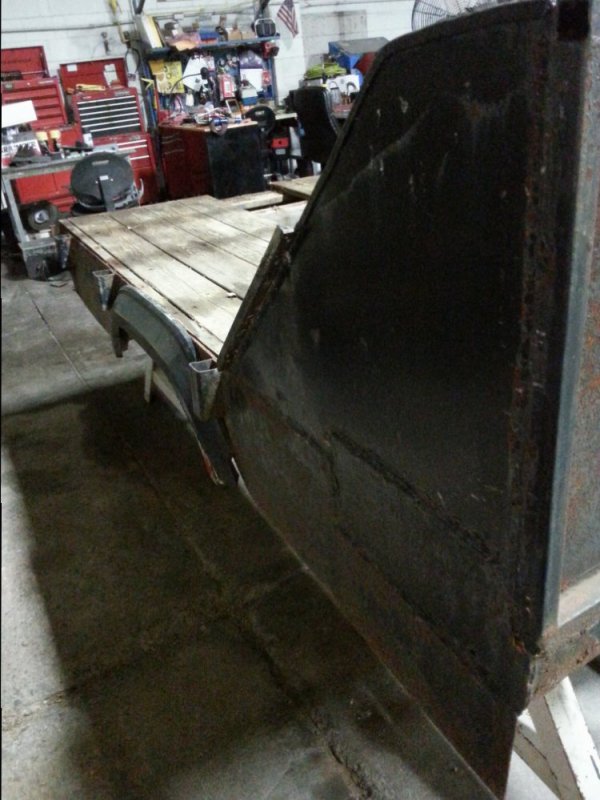 20151220_180919.jpg121.9 KB · Views: 8
20151220_180919.jpg121.9 KB · Views: 8 -
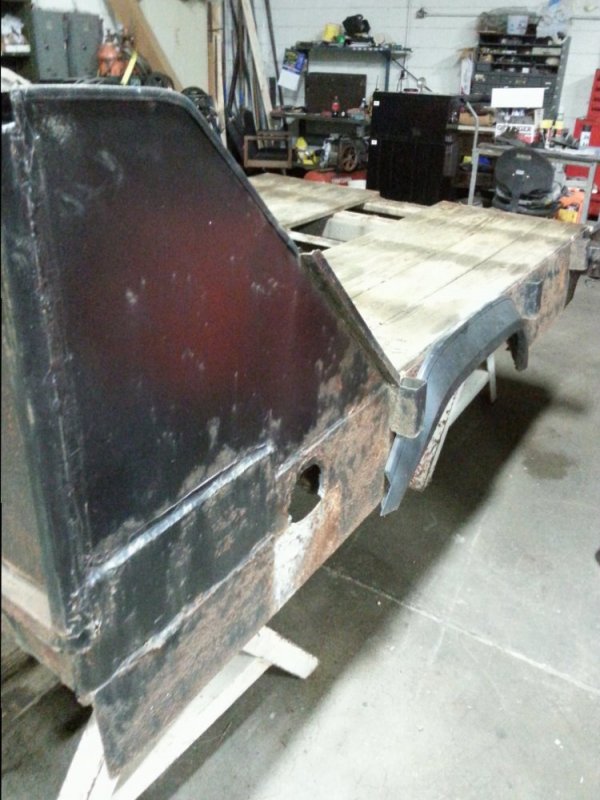 20151220_180927.jpg124.4 KB · Views: 8
20151220_180927.jpg124.4 KB · Views: 8 -
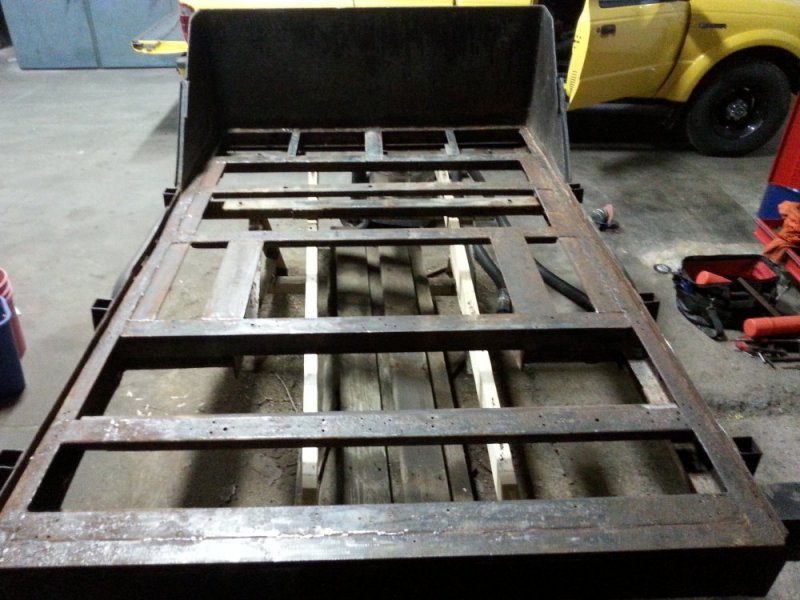 20151220_194110.jpg133 KB · Views: 9
20151220_194110.jpg133 KB · Views: 9 -
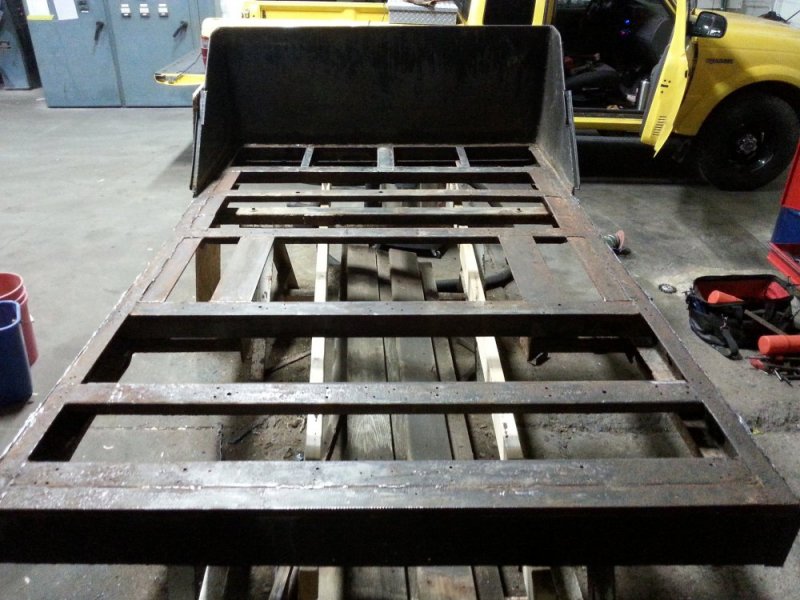 20151220_203610.jpg142.9 KB · Views: 9
20151220_203610.jpg142.9 KB · Views: 9 -
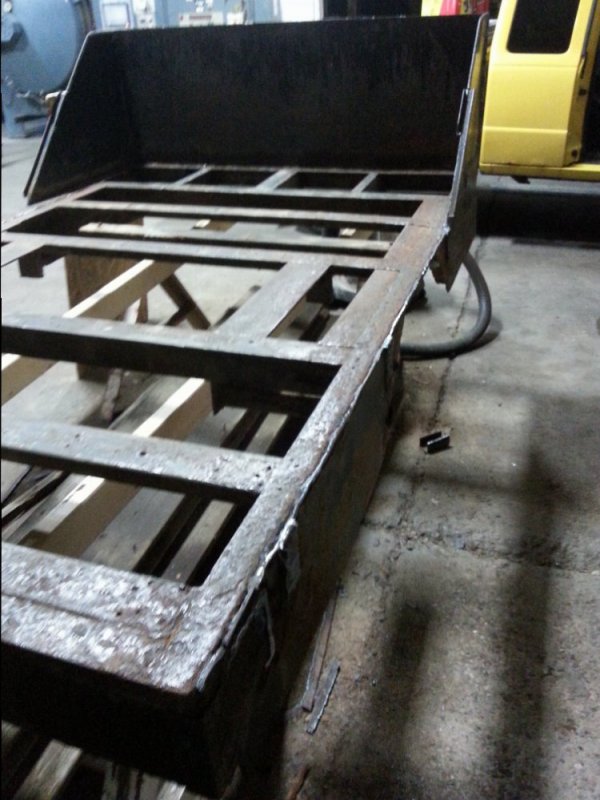 20151220_203619.jpg121.9 KB · Views: 9
20151220_203619.jpg121.9 KB · Views: 9 -
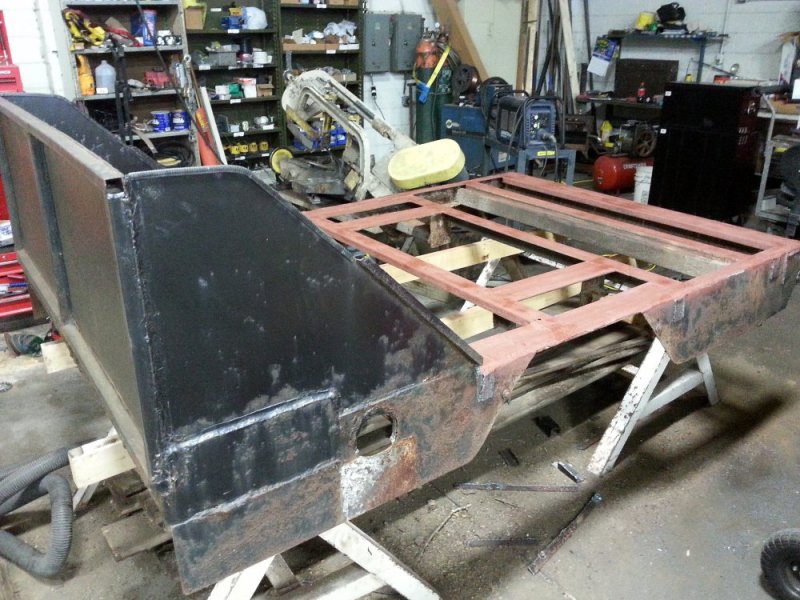 20151220_212400.jpg178.8 KB · Views: 9
20151220_212400.jpg178.8 KB · Views: 9

